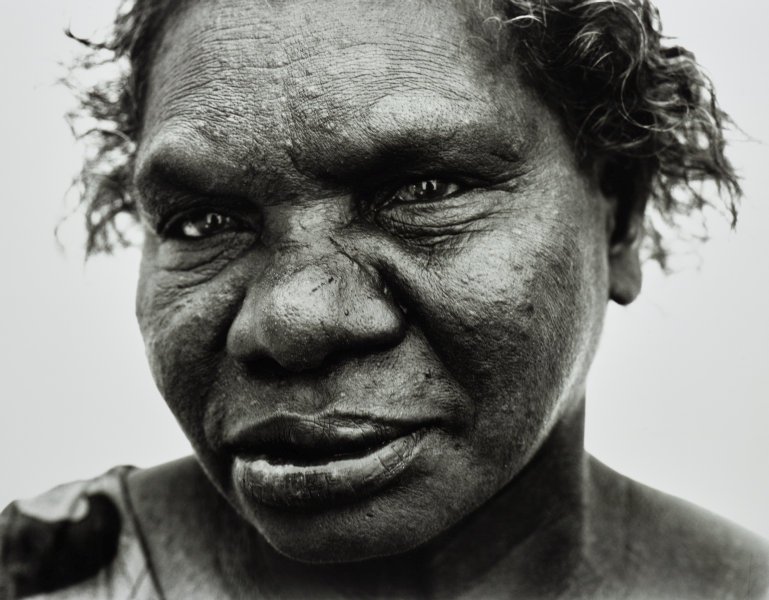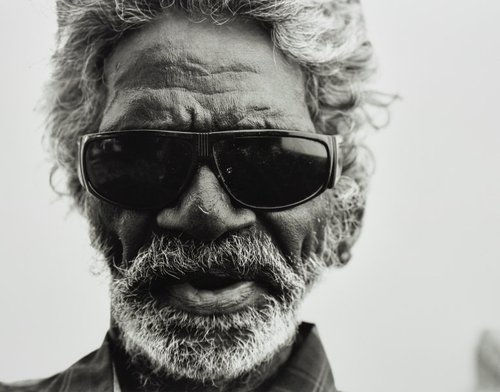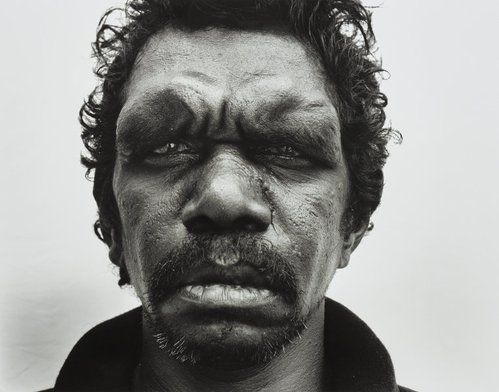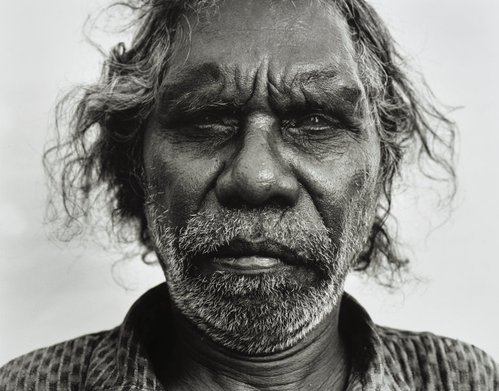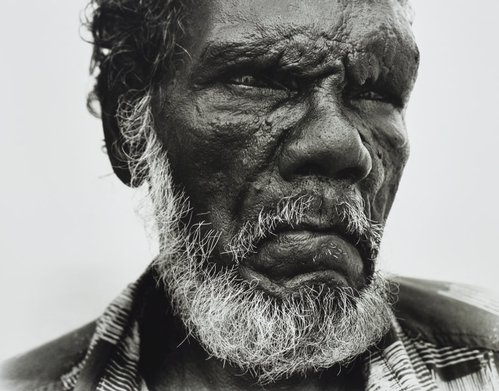Title
Wik Elder, Gladys, from the series Returning to places that name us 2000
2000
Artist
Ricky Maynard
Australia
1953 –
Language groups: Ben Lomond, lutruwita (Tasmania), Cape Portland, lutruwita (Tasmania)

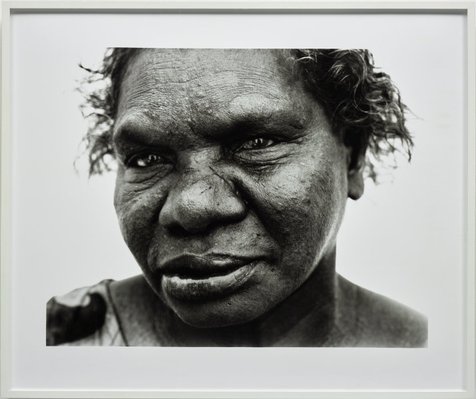
-
Details
- Place where the work was made
-
Aurukun
→
Cape York
→
Queensland
→
Australia
- Date
- 2000
- Media category
- Photograph
- Materials used
- gelatin silver photograph
- Edition
- 2/15
- Dimensions
- 95.3 x 121.7 cm image; 126.0 x 150.5 cm frame
- Signature & date
Not signed. Not dated.
- Credit
- Purchased with funds provided by Stephen Grant and Bridget Pirrie 2002
- Location
- Not on display
- Accession number
- 150.2002.1
- Copyright
- © Ricky Maynard/Copyright Agency
- Artist information
-
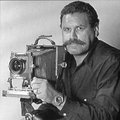 Ricky Maynard
Ricky Maynard
Works in the collection
- Share
-
-
About
Strangely underestimated, perhaps because his work has circulated more in the realm of documentary photography than art, Ricky Maynard has produced some of the most compelling images of contemporary Aboriginal Australia over the last two decades.
Largely self taught, Maynard began his career as a darkroom technician at the age of sixteen. He first established his reputation with the 1985 series 'Moonbird People', an intimate portrayal of the muttonbirding season on Babel, Big Dog and Trefoil Islands in his native Tasmania. The 1993 series 'No More Than What You See' documents Indigenous prisoners in South Australian gaols. He is the recipient of numerous grants and commissions, including a 1990 Commonwealth Government Award to study at the International Centre of Photography in New York. In 1997 he received the Australian Human Rights Award for Photography and is a recipient of the Mother Jones International Documentary Award.
The owner of an enviable collection of antique cameras, Maynard is a lifelong student of the history of photography, particularly of the great American social reformers Jacob Riis, Lewis Hines, Dorothea Lange and Walker Evans. He is interested in the power of the uninflected image – of sheer veracity – as an agent of record and change. Maynard's images cut through the layers of rhetoric and ideology that inevitably couch black history (particularly Tasmanian history) to present images of experience itself. 'To know the meaning of a culture you must recognise the limits and meaning of your own,' the artist explains. 'You can see its facts but not its meaning. We share meaning by living it.' Maynard's photographs are, he says, about 'leaving proof' – about '... life in passing and in complicated times.'
The word 'Wik' has come to denote a historic decision of the High Court of Australia rather than the name of the Indigenous peoples from the western Cape York Peninsula in northern Queensland. In his intimate portraits of elders from these communities, Maynard aims to unpick this abstraction. Etched on each face is the complexity of an unspoken life story, delineated, one imagines, by hardship, perseverance and the burden – and wealth – of an extraordinary living memory. As he wrote in his artist's statement for the exhibition 'Returning to Places that Name Us' in 2001, '... I wanted a presence and portraits that spoke, and through this process to present an idea, rather than preach messages.' In this series, Maynard achieves his aim of capturing meanings that no other medium could convey.
Hannah Fink in 'Tradition today: Indigenous art in Australia', Art Gallery of New South Wales, Sydney, 2004
© Art Gallery of New South Wales
-
Exhibition history
Shown in 4 exhibitions
Half light: portraits from black Australia, Art Gallery of New South Wales, Sydney, 21 Nov 2008–22 Feb 2009
QUEEN’S LAND: BLACK PORTRAITURE: From late 19th century to the present, Cairns Art Gallery, Cairns, 17 May 2019–11 Aug 2019
Longing for Home, Art Gallery of New South Wales, Sydney, 06 Mar 2021–22 Aug 2021
Yiribana Gallery: opening collection display, Art Gallery of New South Wales, North Building, Sydney, 03 Dec 2022–29 May 2023
-
Bibliography
Referenced in 4 publications
-
Hannah Fink, Tradition today: Indigenous art in Australia, 'Ricky Maynard', pg. 88, Sydney, 2004, 88 (illus.).
-
Robert MacFarlane, The Sydney Morning Herald, 'Images that stay in the memory', pg. 16, Sydney, 08 Aug 2001, 16. exhibition review
-
Hetti Perkins, Art + soul: a journey into the world of Aboriginal art, 'Home + away', pg. 1-86, Carlton, 2010, 34 (illus.), 35, 278.
-
Hetti Perkins and Jonathan Jones (Editors), Half light: Portraits from black Australia, 'Ricky Maynard', pg. 90-97, Sydney, 2008, 95 (colour illus.).
-
